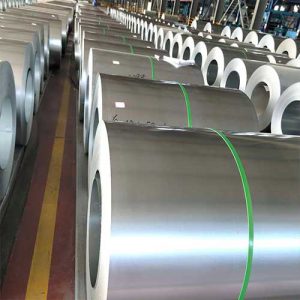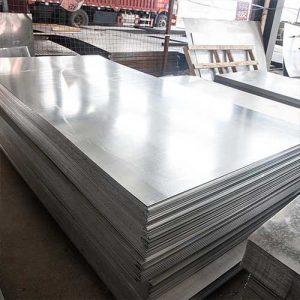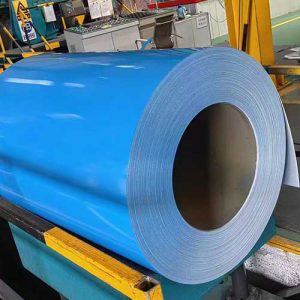مرحبًا بك في مدونتي!
قبل أن نتعمق في المحتوى، أود أن تنضموا إليّ على منصات التواصل الاجتماعي الخاصة بي حيث أشارك المزيد من الأفكار وأتفاعل مع المجتمع وأنشر التحديثات. إليك كيف يمكنك التواصل معي:
فيسبوك : فيسبوكhttps://www.facebook.com/profile.php?id=61565500692293
والآن، لنبدأ رحلتنا معًا. آمل أن تجدوا المحتوى هنا ثاقباً وجذاباً وقيّماً.
جدول المحتويات
مقدمة
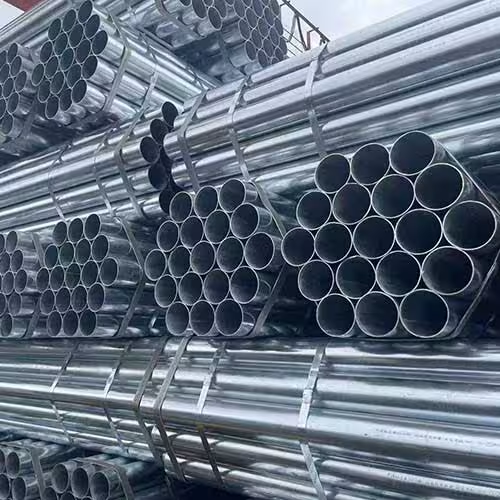
Galvanized pipes are a popular choice for plumbing, construction, and industrial applications. Known for their durability and resistance to corrosion, galvanized pipes have been a staple in various industries for decades. However, despite their widespread use, many people still don’t fully understand what galvanized pipes are and how they compare to other types of pipes available today.
In this blog, we will explore what galvanized pipes are, how they are made, and the differences between galvanized pipes and other piping materials like PVC, copper, and stainless steel. By the end, you’ll have a clearer understanding of the advantages and drawbacks of galvanized pipes and why they may or may not be the best choice for your next project.
What Are Galvanized Pipes?
Definition and Composition of Galvanized Pipes
Galvanized pipes are steel pipes coated with a layer of zinc to prevent corrosion and rust. This process, called galvanization, involves dipping the steel pipe into a bath of molten zinc, which bonds with the surface of the pipe to form a protective coating. The zinc coating extends the lifespan of the steel by acting as a sacrificial layer that corrodes first, protecting the underlying steel from damage.
How Are Galvanized Pipes Made?
The process of making galvanized pipes involves several key steps:
- Steel Pipe Production: The steel is formed into pipe shapes through rolling or extrusion.
- Galvanization: The pipes are dipped into a molten zinc bath at high temperatures, allowing the zinc to bond to the steel.
- التبريد والتشطيب: The coated pipes are cooled, cleaned, and cut to the desired lengths, ready for use in various applications.
Common Applications of Galvanized Pipes
Galvanized pipes have been used for many years in a variety of applications, including:
- أنظمة السباكة: For water supply and drainage systems.
- خطوط الغاز: Commonly used in older gas distribution systems.
- الإنشاءات: In scaffolding, handrails, and support structures.
- التطبيقات الصناعية: Used in manufacturing, agriculture, and other industries for their strength and durability.
Differences Between Galvanized Pipes and Other Types of Pipes
There are several types of pipes available for different applications, each with its own unique features. Let’s compare galvanized pipes to other common pipe materials: PVC, copper, and stainless steel.
| Pipe Type | مقاومة التآكل | المتانة | التكلفة | الاستخدامات الشائعة |
|---|---|---|---|---|
| الفولاذ المجلفن | مرتفع (بسبب طلاء الزنك) | متوسط | منخفضة | Plumbing, gas lines, structural applications |
| الأنابيب البلاستيكية | Moderate (no corrosion but can crack) | منخفضة | منخفضة | Water supply, irrigation, drainage |
| أنابيب النحاس | عالية جداً | عالية | عالية | Plumbing, HVAC, drinking water systems |
| الفولاذ المقاوم للصدأ | عالية جداً | عالية جداً | عالية جداً | Food processing, chemical industries, plumbing |
Key Advantages of Galvanized Pipes
- مقاومة التآكل: The zinc coating on galvanized pipes prevents rust and corrosion, which makes them suitable for a wide range of environments, especially in areas with high humidity or exposure to moisture.
- Affordability: Galvanized pipes are generally less expensive than copper and stainless steel pipes, making them a cost-effective solution for large-scale plumbing and construction projects.
- القوة والمتانة: Steel is a strong and reliable material, and the zinc coating enhances the longevity of the pipes. They can withstand heavy pressure and are ideal for both residential and industrial applications.
- Availability: Galvanized pipes are widely available and come in various sizes and lengths, making them easy to source for different projects.
Key Disadvantages of Galvanized Pipes
- Limited Lifespan: Over time, the zinc coating can wear away, leading to rust and corrosion of the underlying steel. This is especially problematic in areas with hard water or in older systems.
- Buildup of Mineral Deposits: As galvanized pipes age, mineral deposits can build up inside the pipes, leading to reduced water flow and clogs.
- Potential for Lead Contamination: Older galvanized pipes may contain lead, which can leach into the water supply and pose health risks. Modern galvanized pipes typically do not contain lead, but it is important to check the materials used in older systems.
- Not Ideal for Modern Applications: With the advent of newer materials such as PEX and CPVC, galvanized pipes are becoming less common in new plumbing installations due to the availability of more durable and flexible alternatives.
Maintenance of Galvanized Pipes
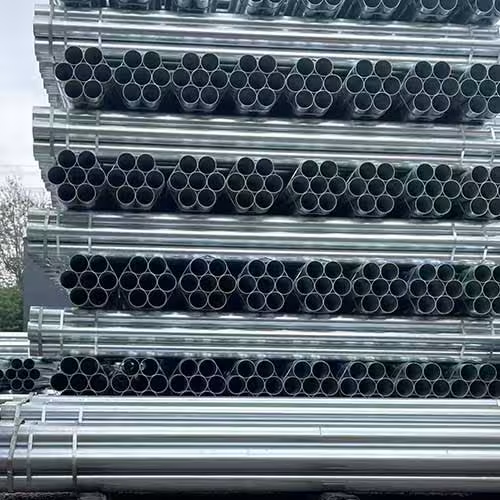
How to Care for Galvanized Pipes
While galvanized pipes are relatively low-maintenance, taking proper care of them can extend their lifespan:
- الفحص الدوري: Check for signs of rust or corrosion, especially at pipe joints and fittings.
- التنظيف: Periodically clean out the inside of the pipes to prevent mineral buildup.
- Repairing Leaks: Galvanized pipes may develop leaks over time. Promptly repairing leaks can help prevent further damage.
When to Replace Galvanized Pipes
If your galvanized pipes are showing signs of severe corrosion, leaks, or blockages, it may be time to replace them. Although galvanized pipes can last for decades, the accumulation of mineral deposits or rust can make them less effective over time. In some cases, switching to more modern pipe materials such as PEX or copper may be the best option.
الخاتمة
Galvanized pipes have long been a staple in plumbing and construction, offering a combination of strength, durability, and corrosion resistance. While they remain a cost-effective solution for many applications, there are several important factors to consider when choosing between galvanized pipes and other materials such as PVC, copper, or stainless steel.
For those working with older plumbing systems or looking for an affordable and reliable option, galvanized pipes may still be the right choice. However, as newer materials emerge, it’s essential to weigh the pros and cons before making a decision for your project.
الأسئلة الشائعة
Are galvanized pipes still used today?
Yes, galvanized pipes are still used in many applications, especially in older homes and buildings. However, they are being replaced with newer materials like PEX and CPVC in modern installations.
كم من الوقت تدوم الأنابيب المجلفنة؟
Galvanized pipes can last anywhere from 20 to 50 years, depending on the quality of the galvanization, water quality, and environmental factors. However, the zinc coating can wear out over time, leading to corrosion.
Can galvanized pipes be repaired?
Yes, galvanized pipes can be repaired, but it’s often more cost-effective to replace them, especially if they are showing signs of significant corrosion or damage.
Are galvanized pipes safe for drinking water?
Modern galvanized pipes are generally safe, but older pipes may have lead content, which can pose health risks. If you have an older system, it’s a good idea to have the pipes inspected and possibly replaced.
What are the alternatives to galvanized pipes?
Alternatives include PVC, copper, PEX, and stainless steel pipes, each of which has its advantages and drawbacks depending on the application.

